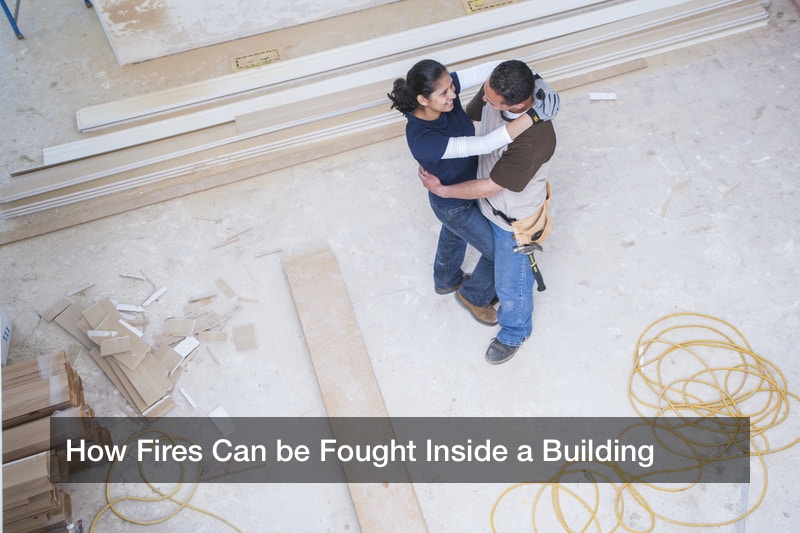
Buildings and homes today face a number of hazards. Structures near fault lines such as California’s San Andreas Fault may be rattled or even collapse during an earthquake, and buildings on Florida’s coast must endure the yearly hurricane season. And even if a public building is far away from storm-prone areas or fault lines, fire is always an unfortunate possibility. In fact, buildings damaged in an earthquake may have oil lines ruptured and catch fire, an additional source of flames. Due to this ever-present threat of fire, many types of fire suppression systems are used across the United States today, from fire sprinkler designs to fire suppression software used to design better hardware for fighting flames. Fire alarms, labeled fire exits, and fire extinguishers can all help keep flames under control should a fire start. When these types of fire suppression systems are put to good use and maintained, the losses from fires may be kept to a minimum.
Causes of Flames
Why do buildings catch on fire? Sometimes, a frayed electrical cord will expose its hot inner wires to drapes, a carpet, or papers, and this can start a blaze. In other cases, stoves or other flame-producing items in a kitchen may get out of control, or a person may mishandle lit matches or lighters. Some particular buildings such as hotels and apartments, hospitals, and office buildings tend to catch fire the most often, and in hospitals in particular, damaged electrical devices may set blankets or drapes on fire. Every year, around 15 people are killed and around 150 are injured in hotel fires. The good news is that while warehouses may also catch fire, rates for warehouse fires have gone down since the early 1980s. This can help reduce property losses in warehouses. What is more, lit cigars or cigarettes can be dropped and set a surface on fire, and this used to be a major problem. Now, lit tobacco products are banned from most public buildings due to both their fire risk and the spread of harmful fumes. But even with cigarettes out of the picture, other fire sources will still exist. What can be done about this?
The Types of Fire Suppression Systems
Fire sprinklers are a fine way to help fight a fire and put it out. Ever since 1874, the United States has made use of automatic fire sprinklers, and today’s fire sprinkler design companies are hard at work innovating new and more effective models. Among all types of fire suppression systems, fire sprinklers are among the most direct, spraying water over a wide area to douse flames. Such a system is composed of a network of water-emitting heads in the ceiling, in addition to the pipes that supply their water. These automated systems are linked to smoke detectors, allowing sprinkler heads in the affected area to activate. However, sprinklers in other parts of the building will stay offline, to help preserve water and prevent unnecessary water damage. Activation tends to be localized.
Fire sprinkler contractors may be hired to update an older system of fire sprinklers, and inspections should be done regularly to ensure that a building’s hardware is up to code. If not, contractors will upgrade existing hardware with the newest models. And if an entrepreneur buys an older building for business, they will need it to be heavily inspected, including the fire sprinklers. Otherwise, the building may be a serious fire risk if the sprinkler systems are not ready to operate as needed.
Other Types of Fire Suppression Systems
Not only will a building have fire sprinklers in it, but it will also have fire alarms to alert all occupants of a fire. A fire sprinkler may or may not put out a flame in time, so all occupants must evacuate so that no life is threatened by fires. A large fire may spread out of control and block some occupants’ access to escape after a point, so evacuation must be done at once. Alarms on the walls will detect a fire and give off a loud, distinctive sound (as well as flashing lights for the benefit of the deaf). Buildings will also have clearly labeled fire exits, and such exits should never be blocked by anything.
